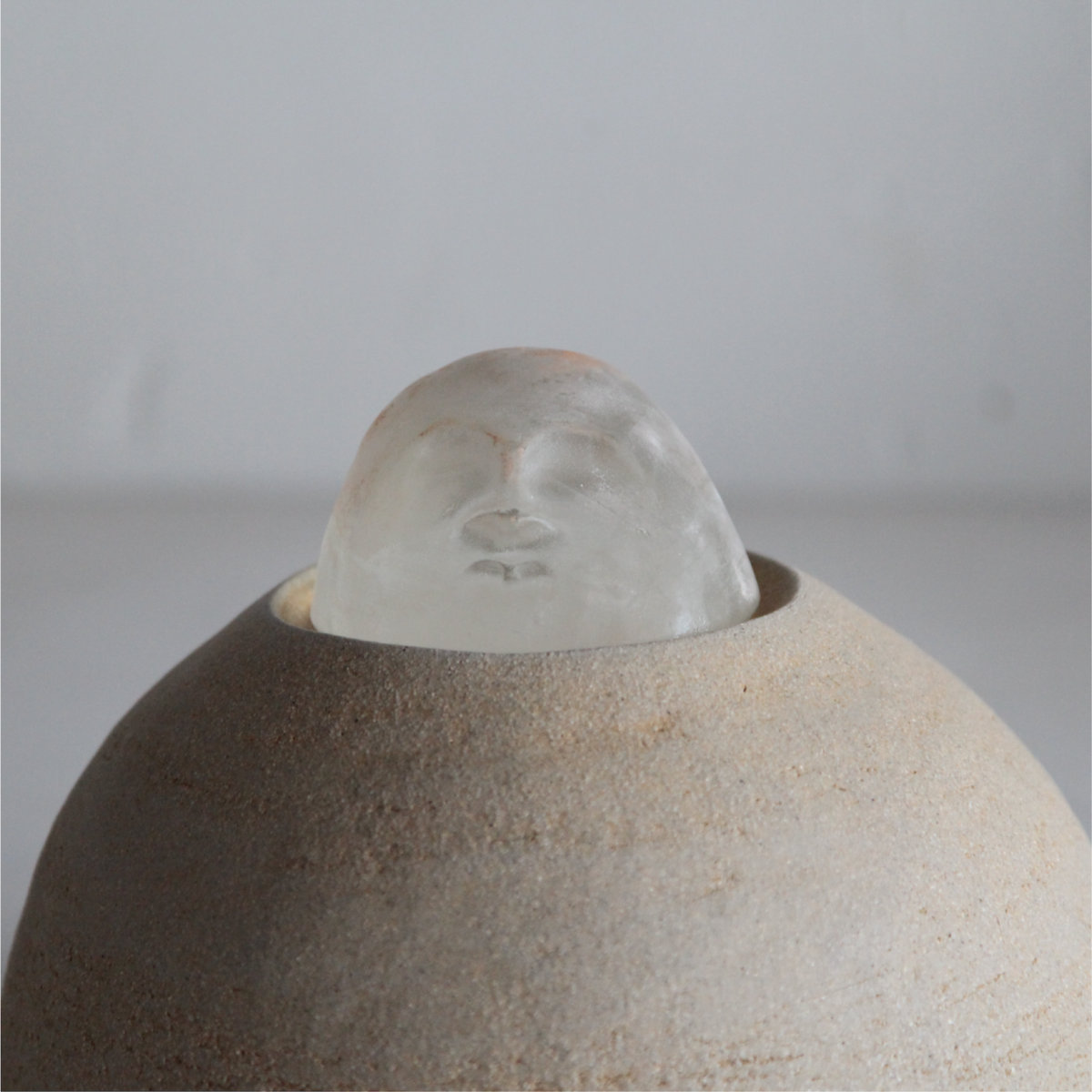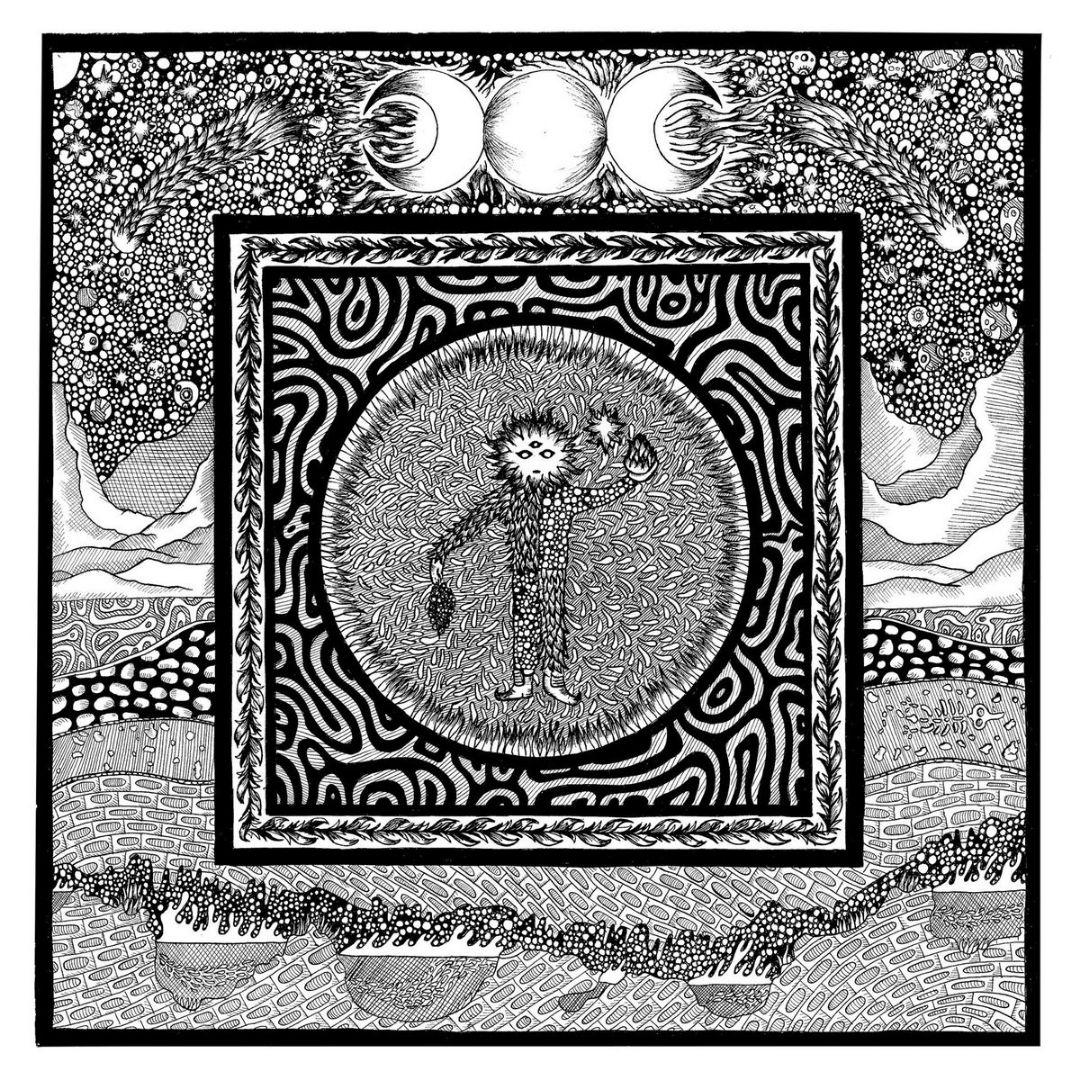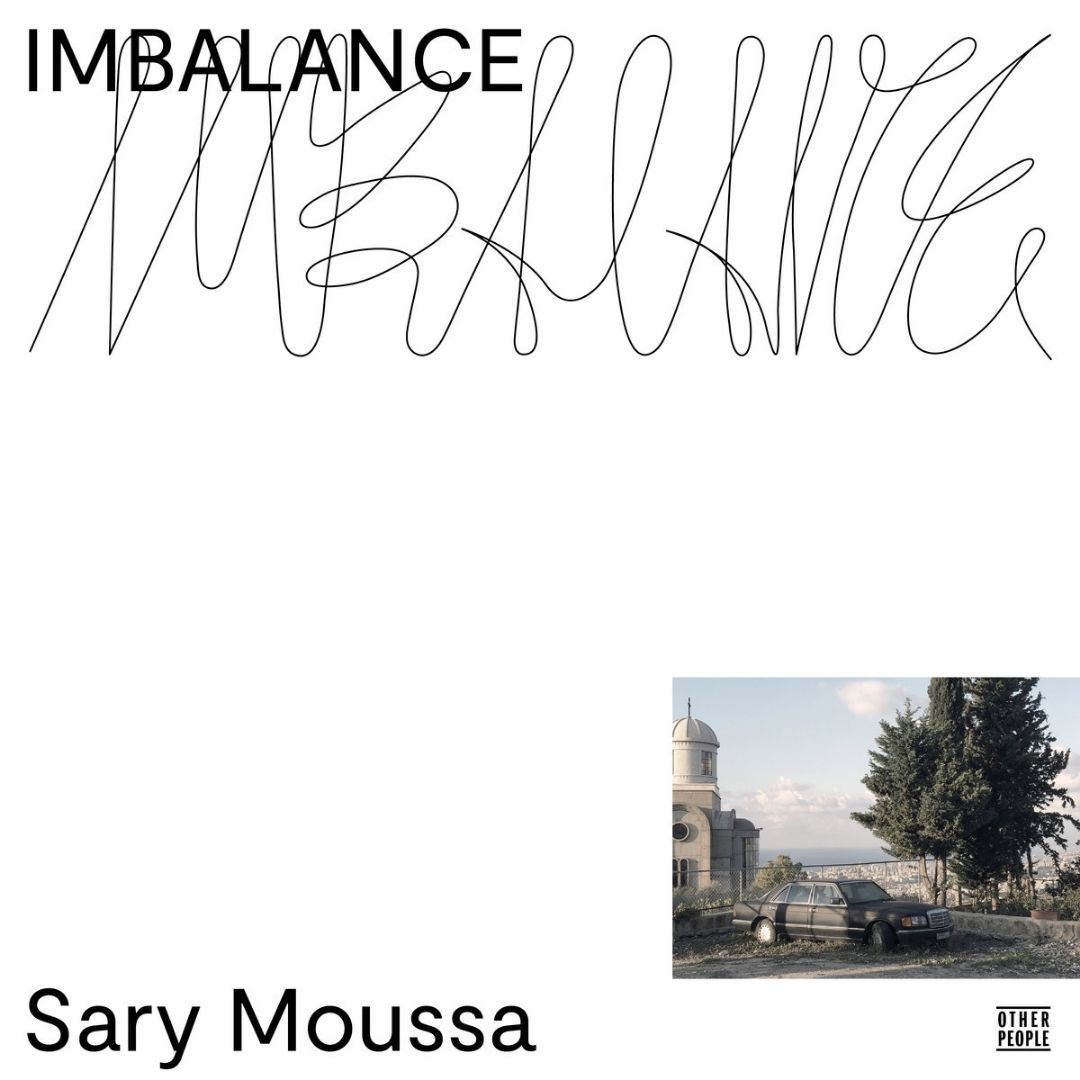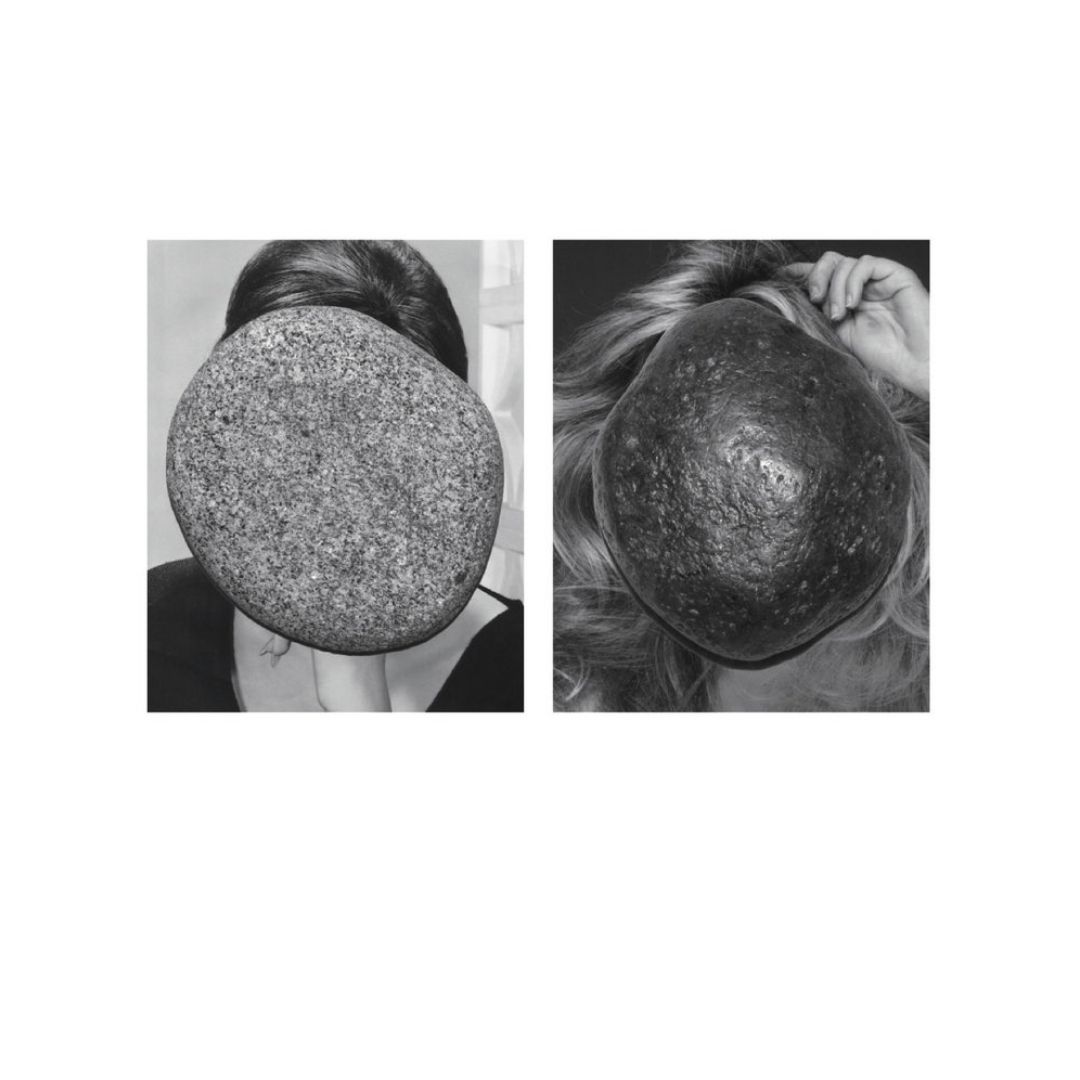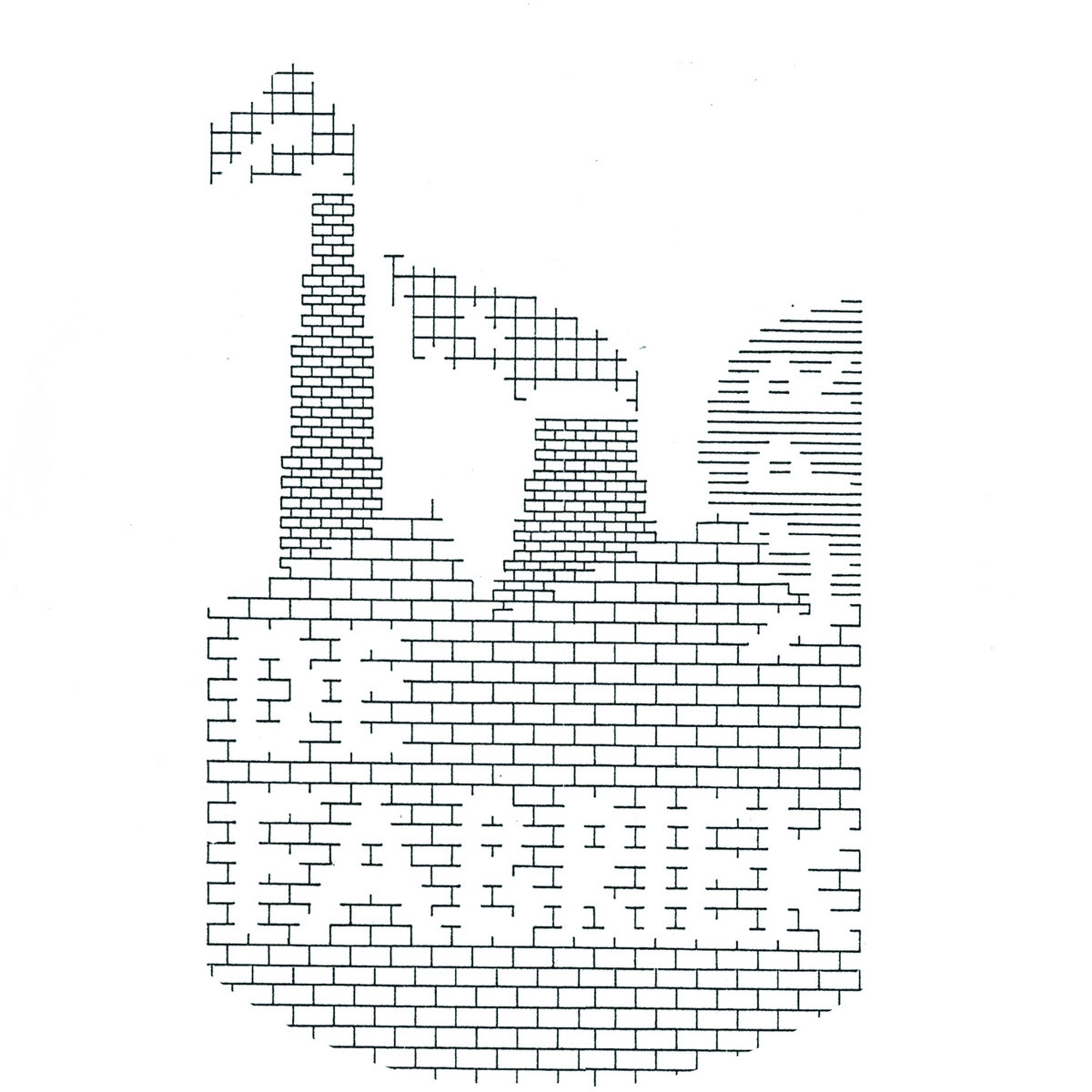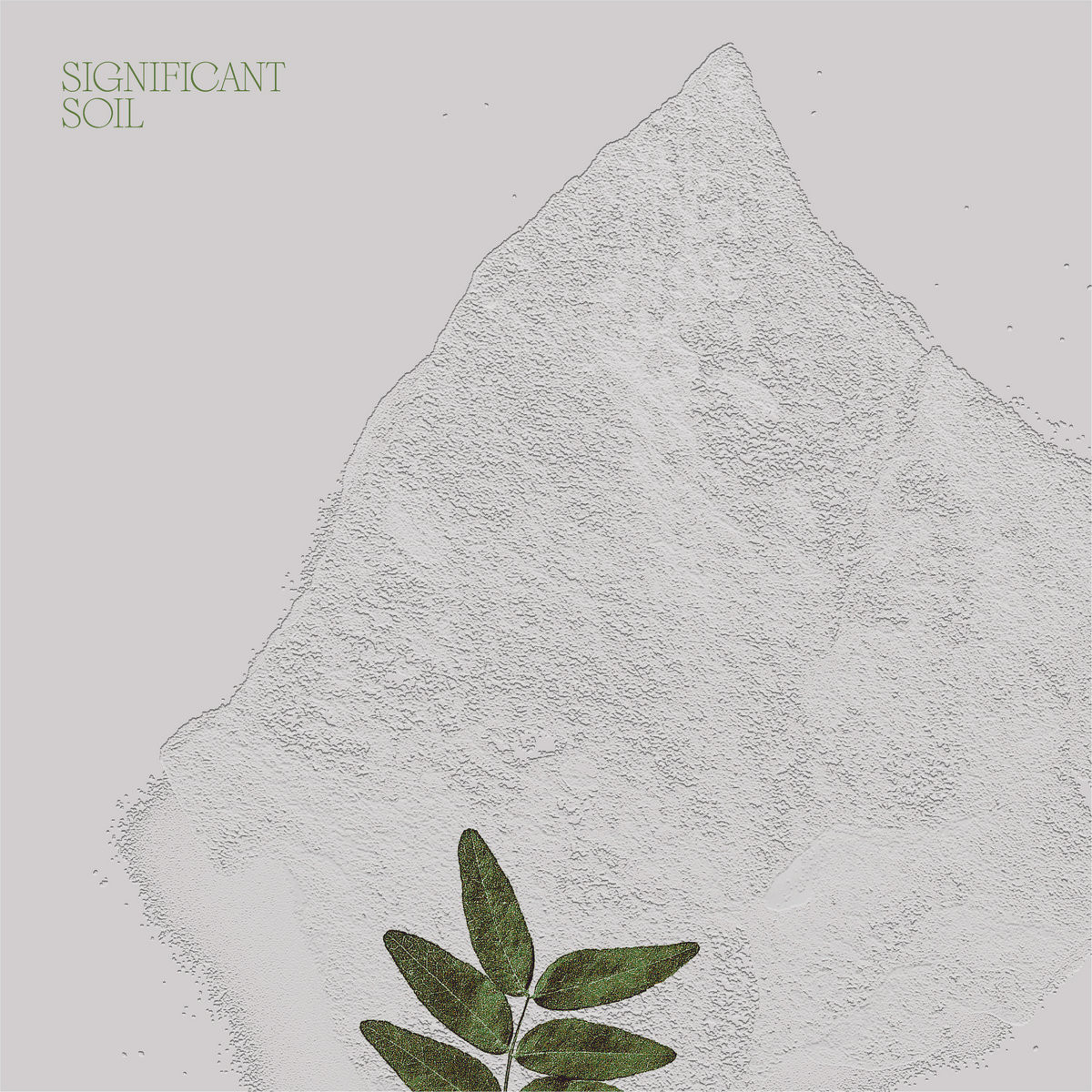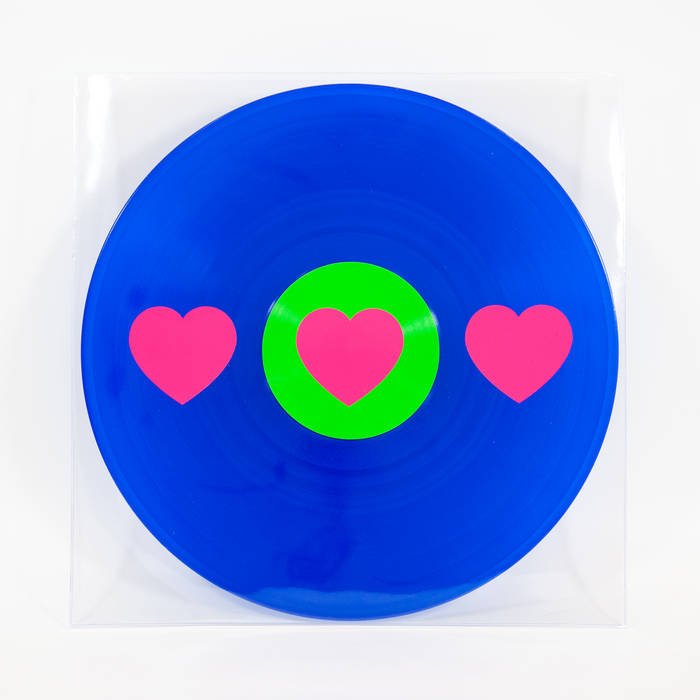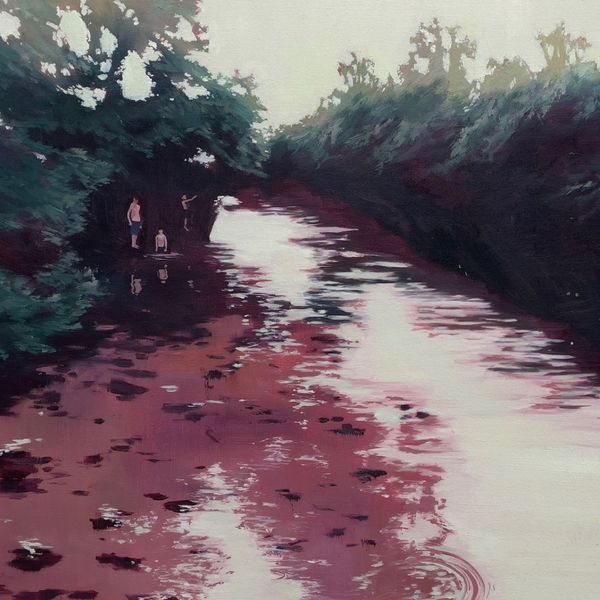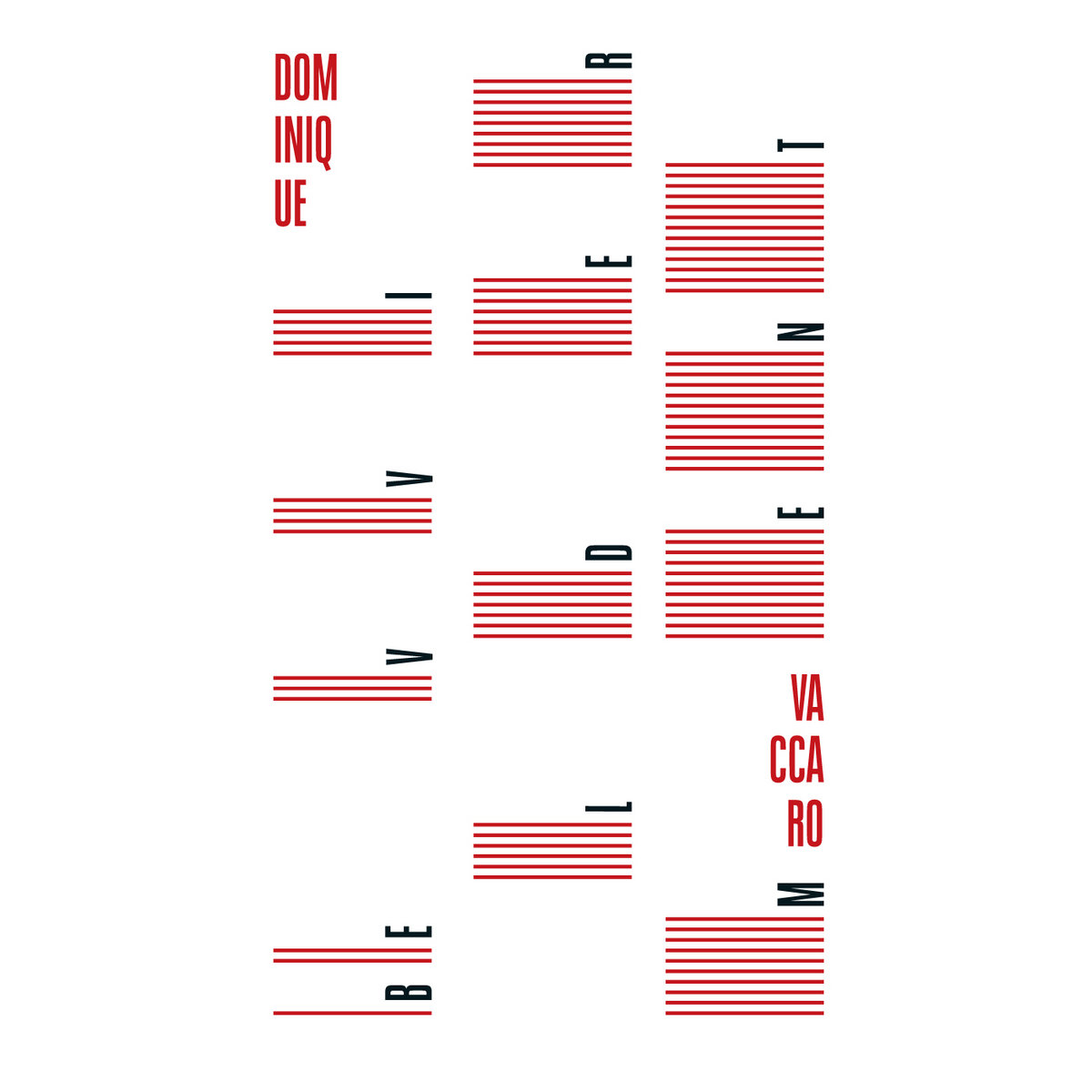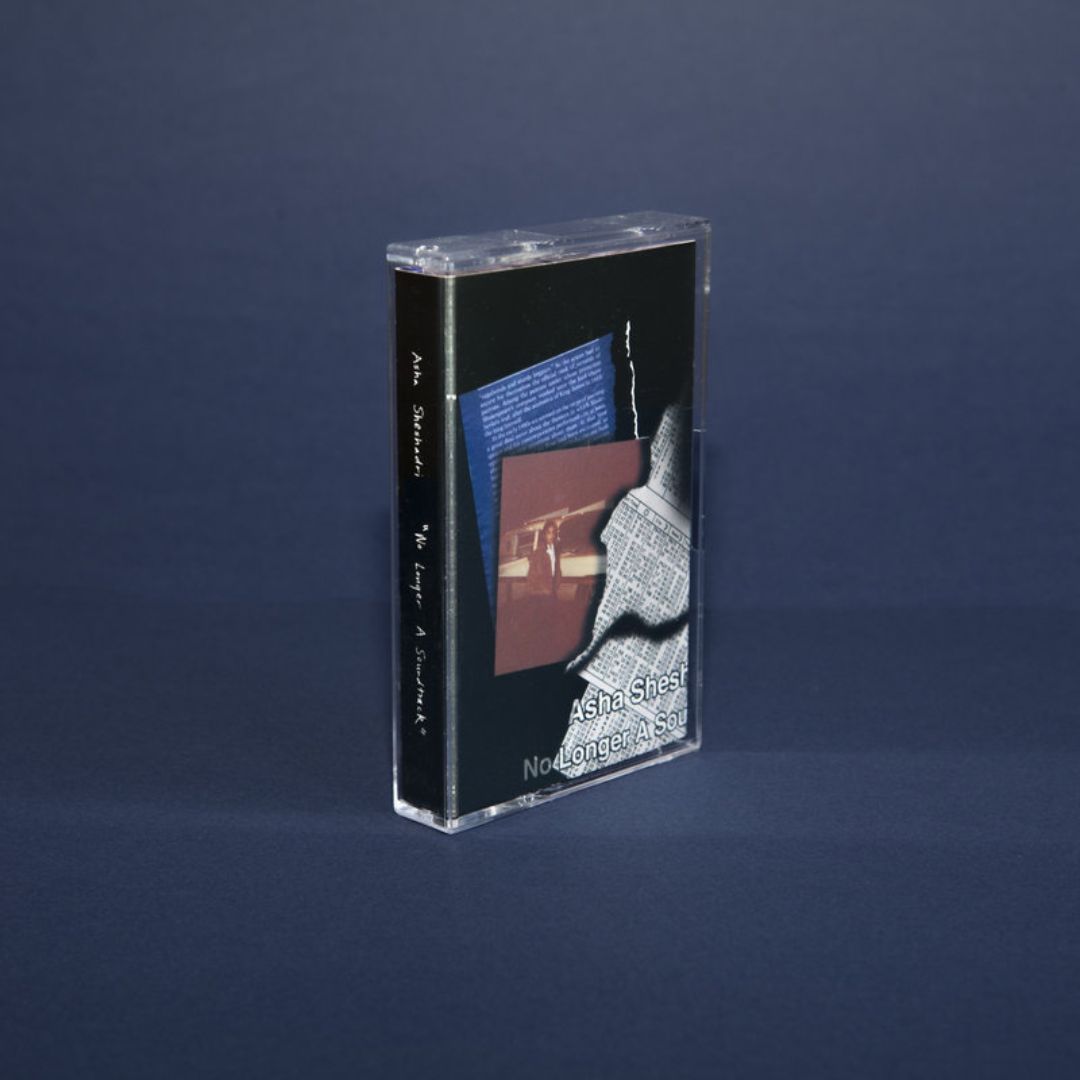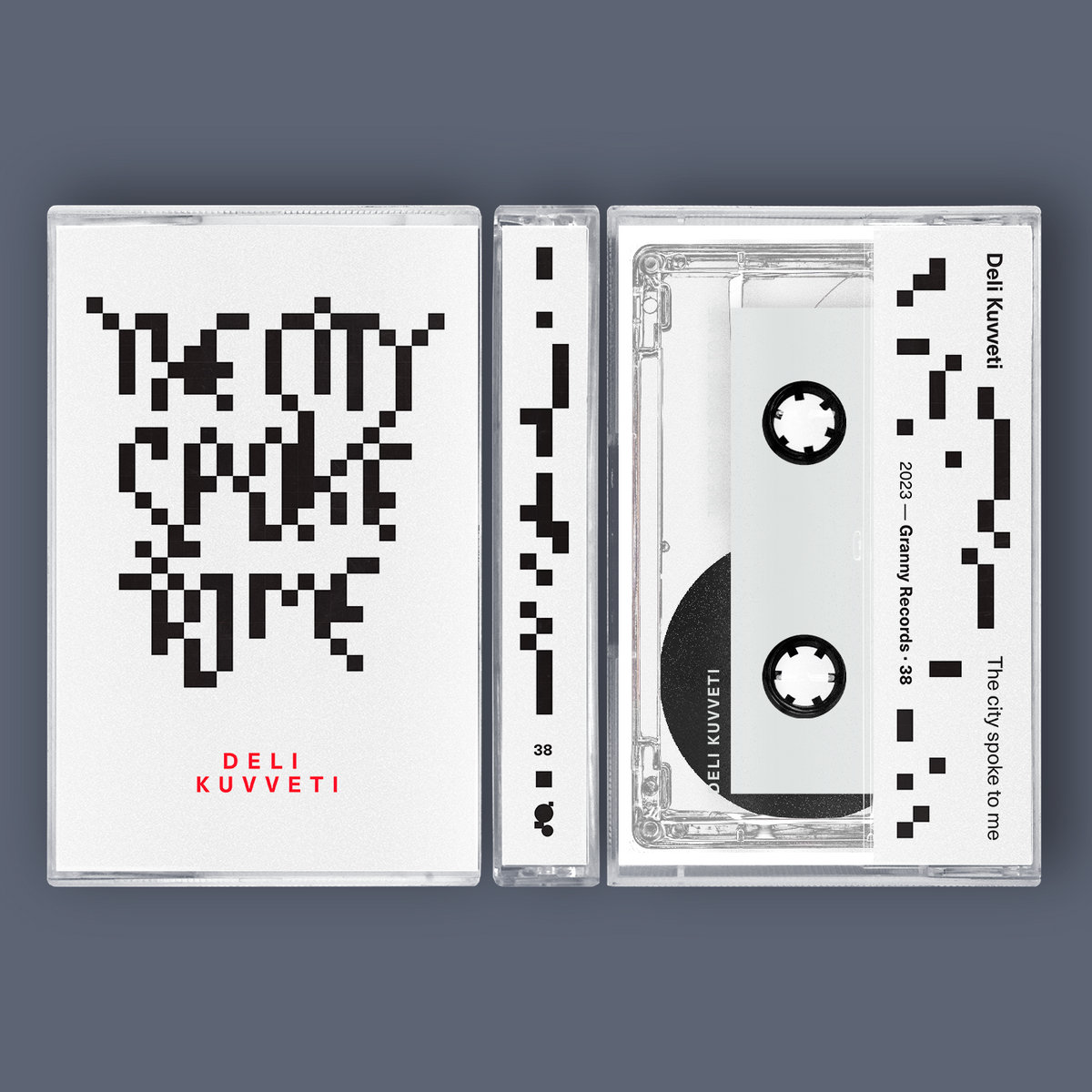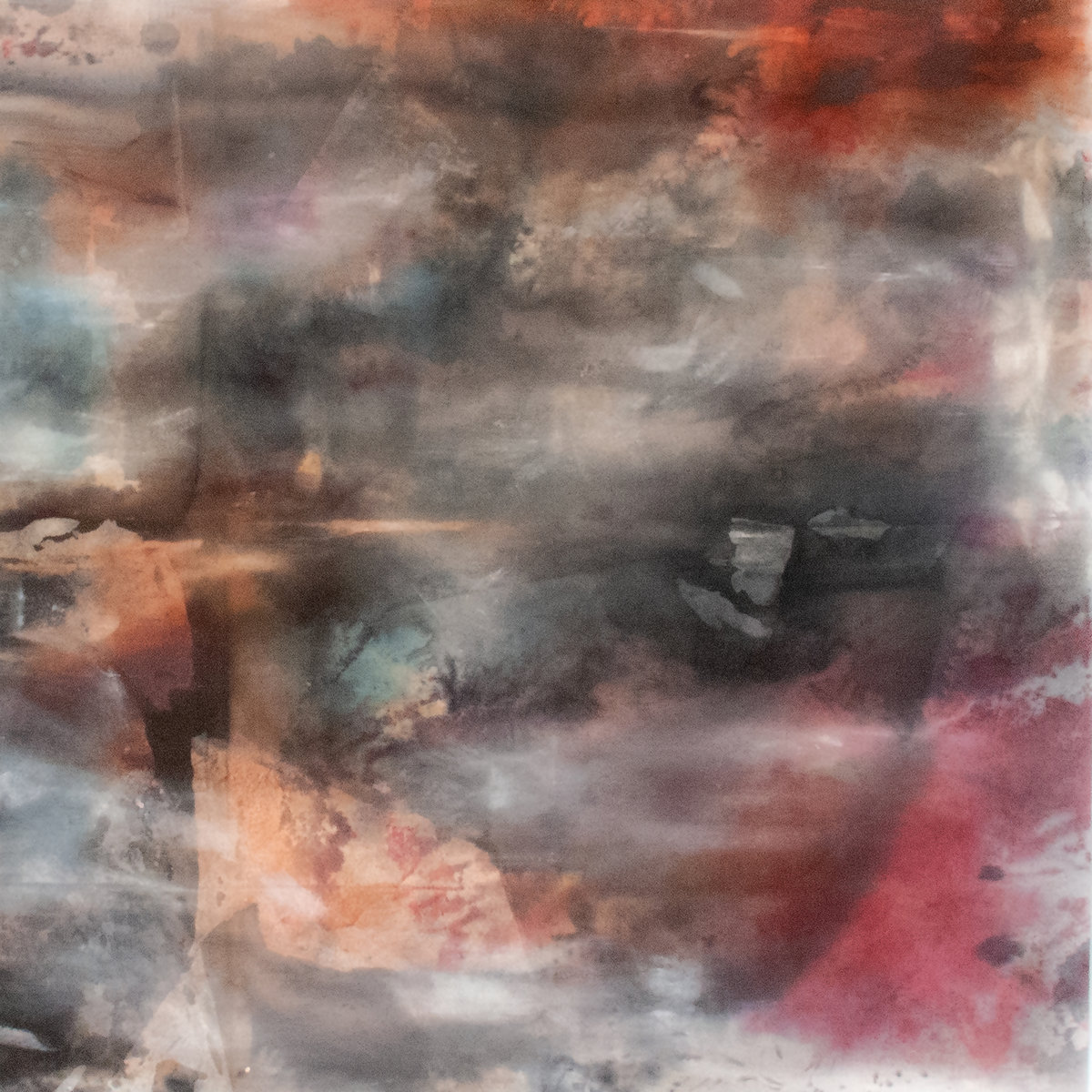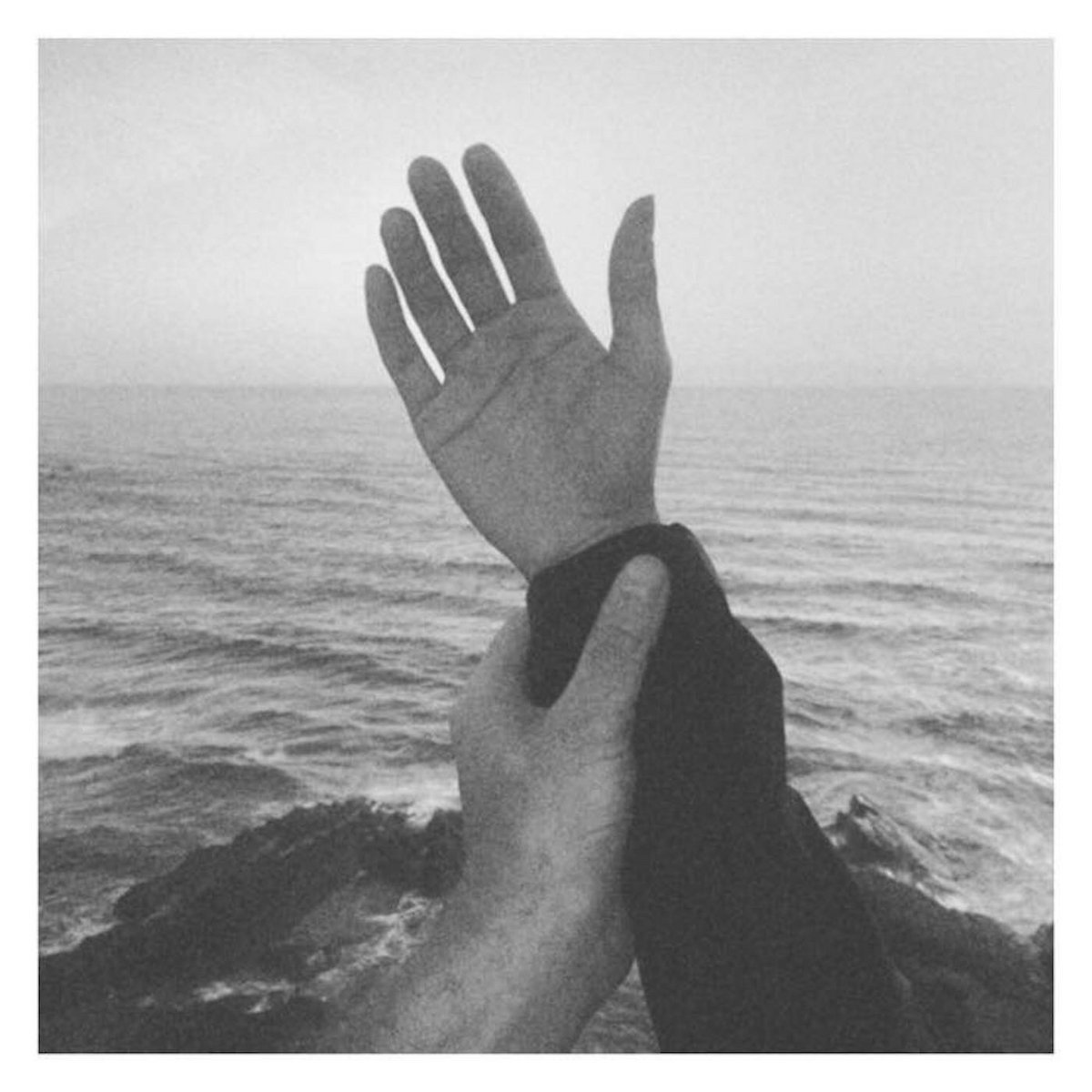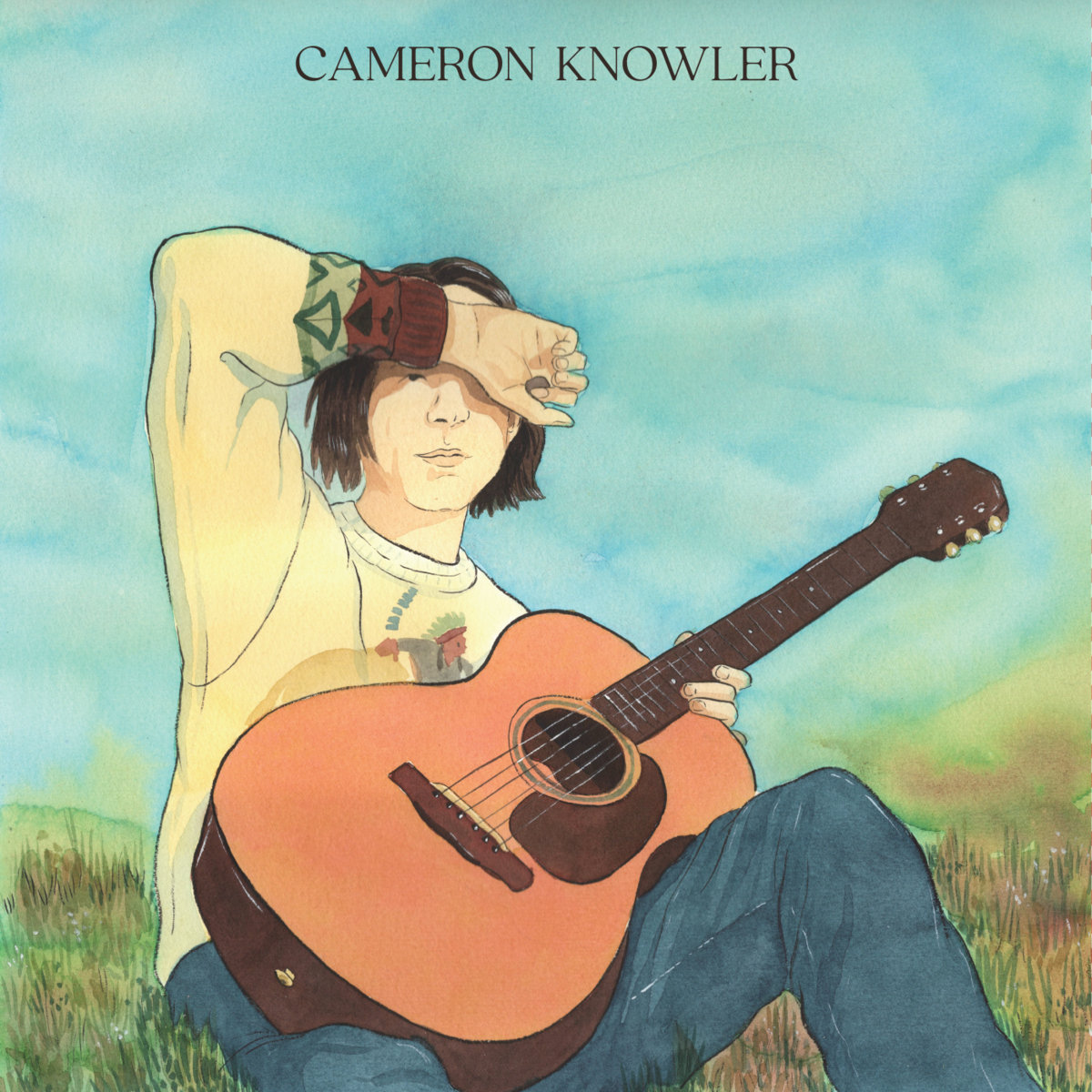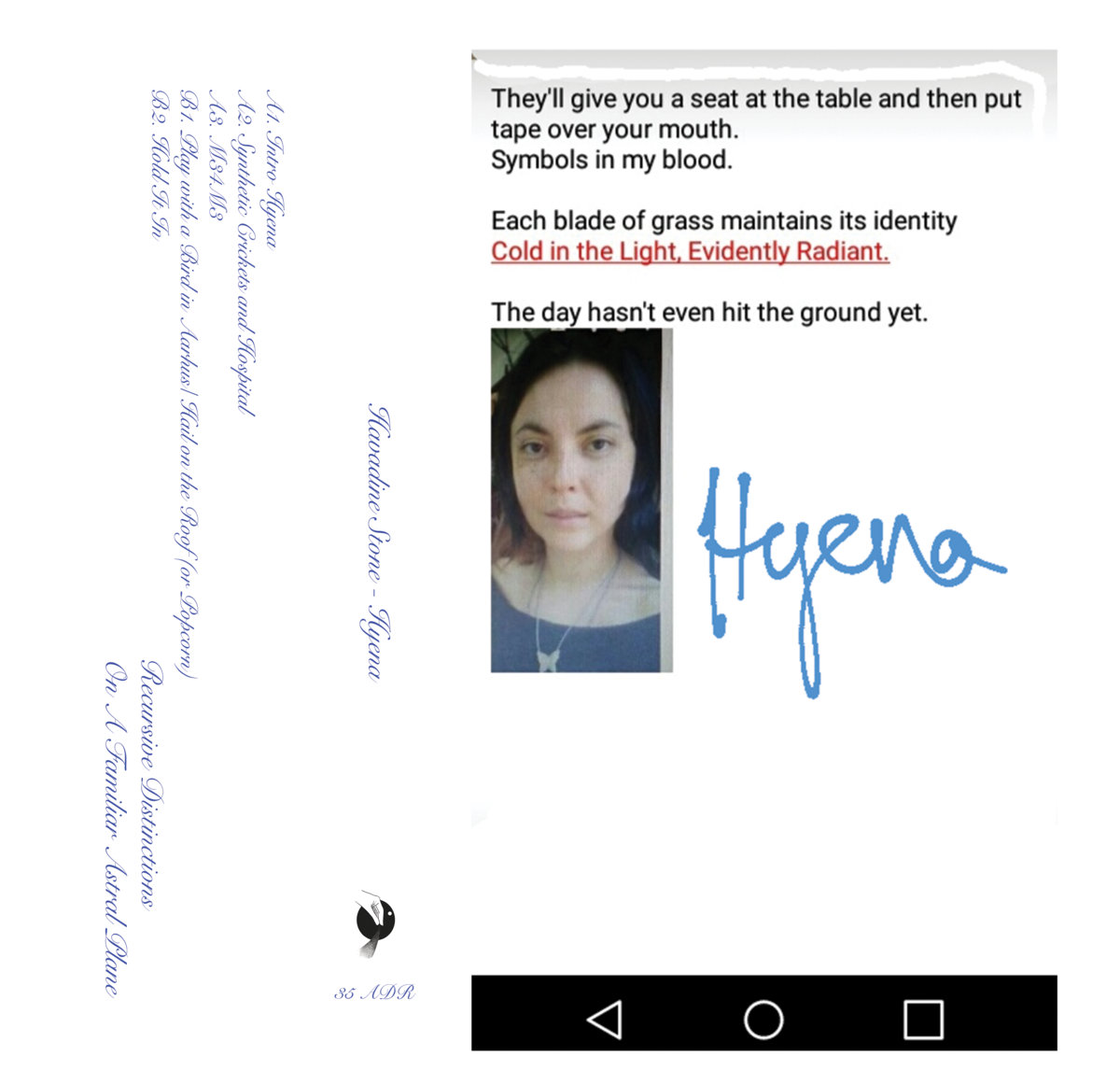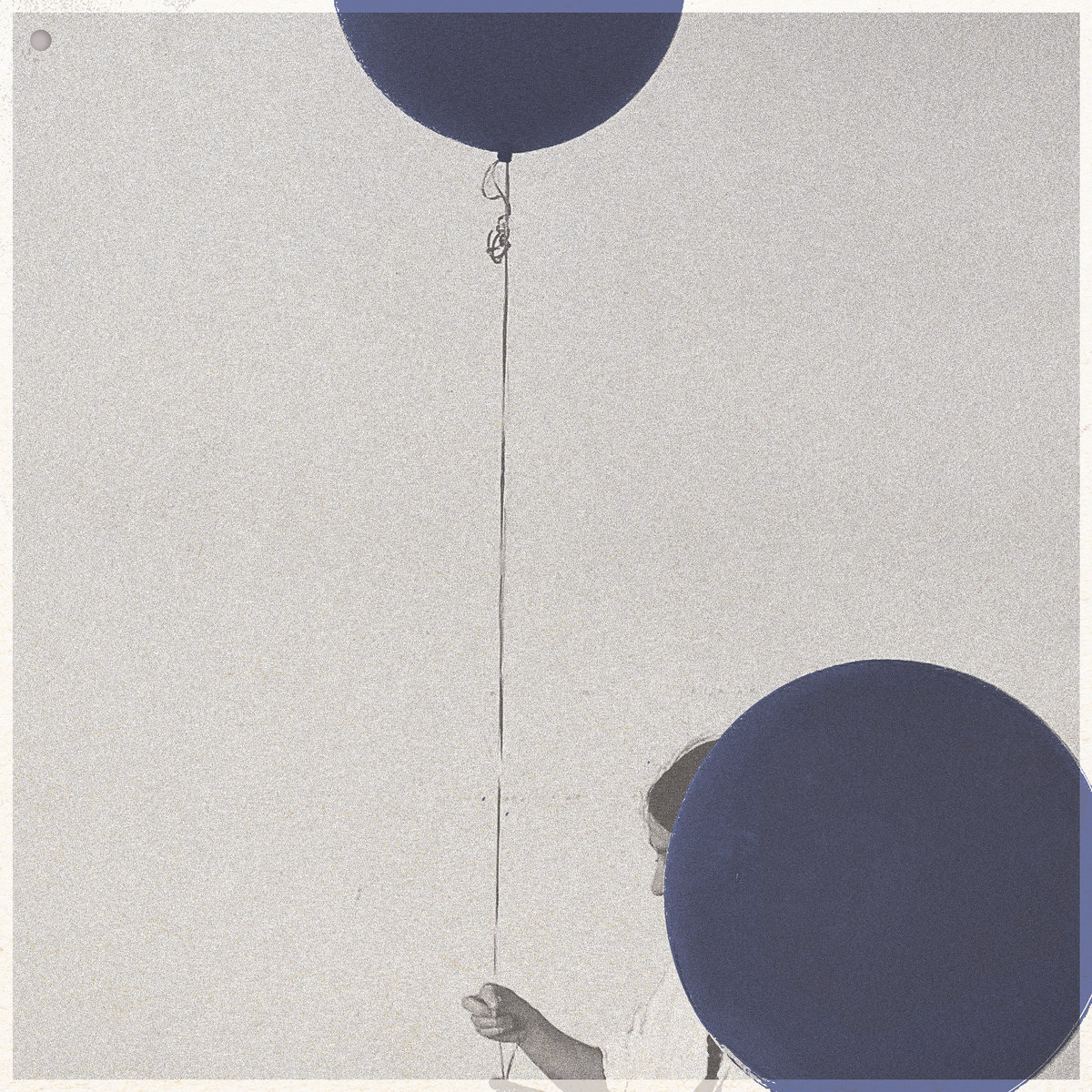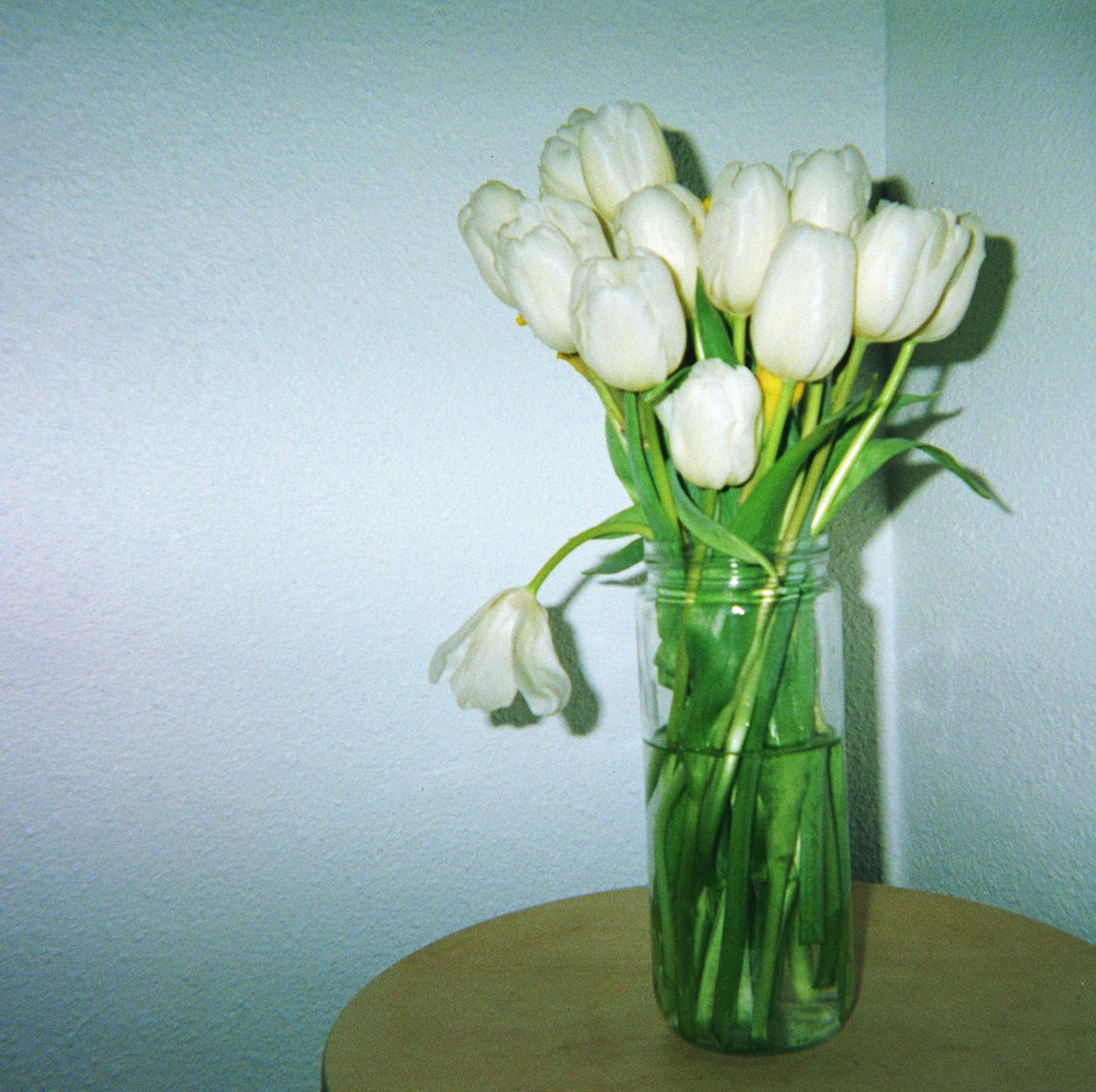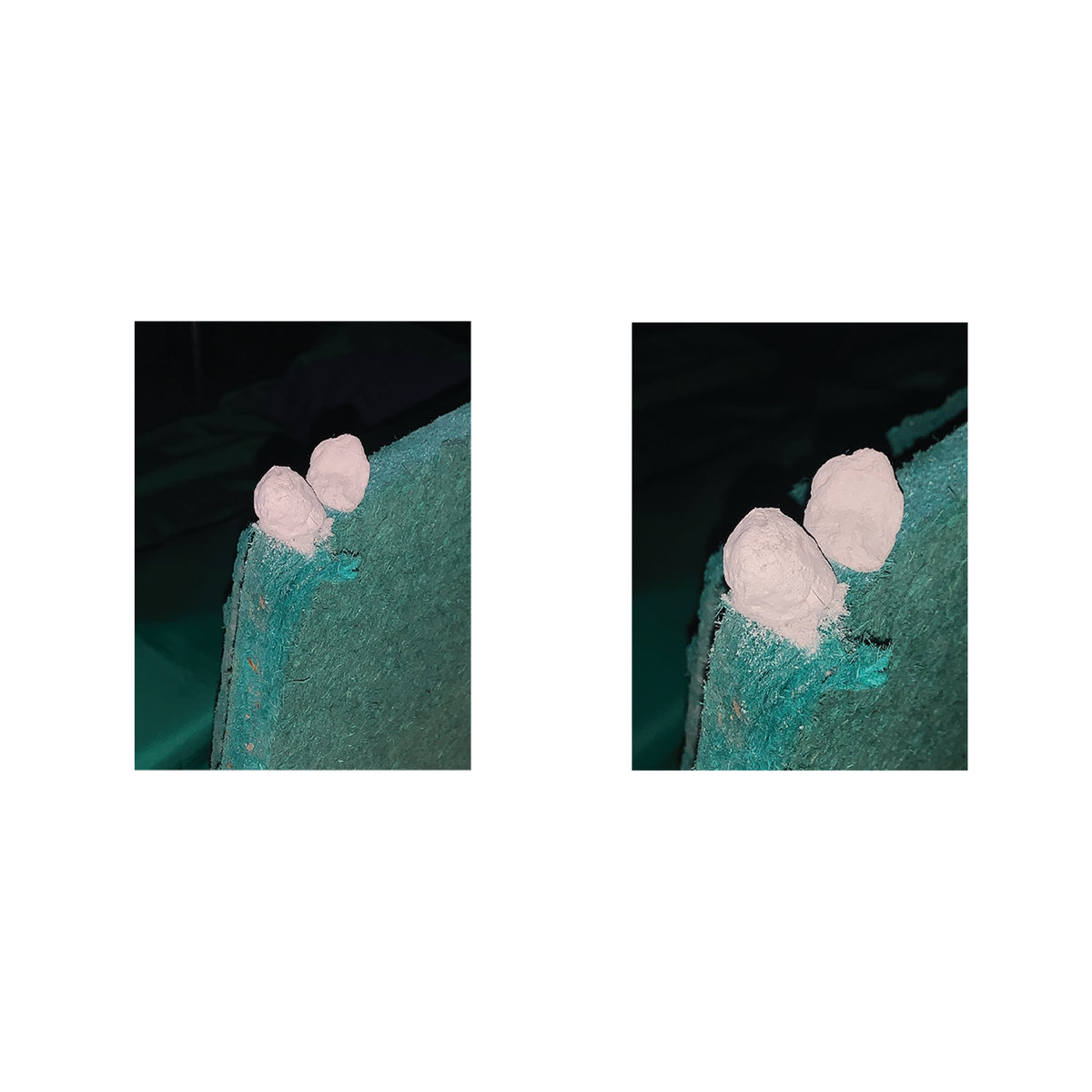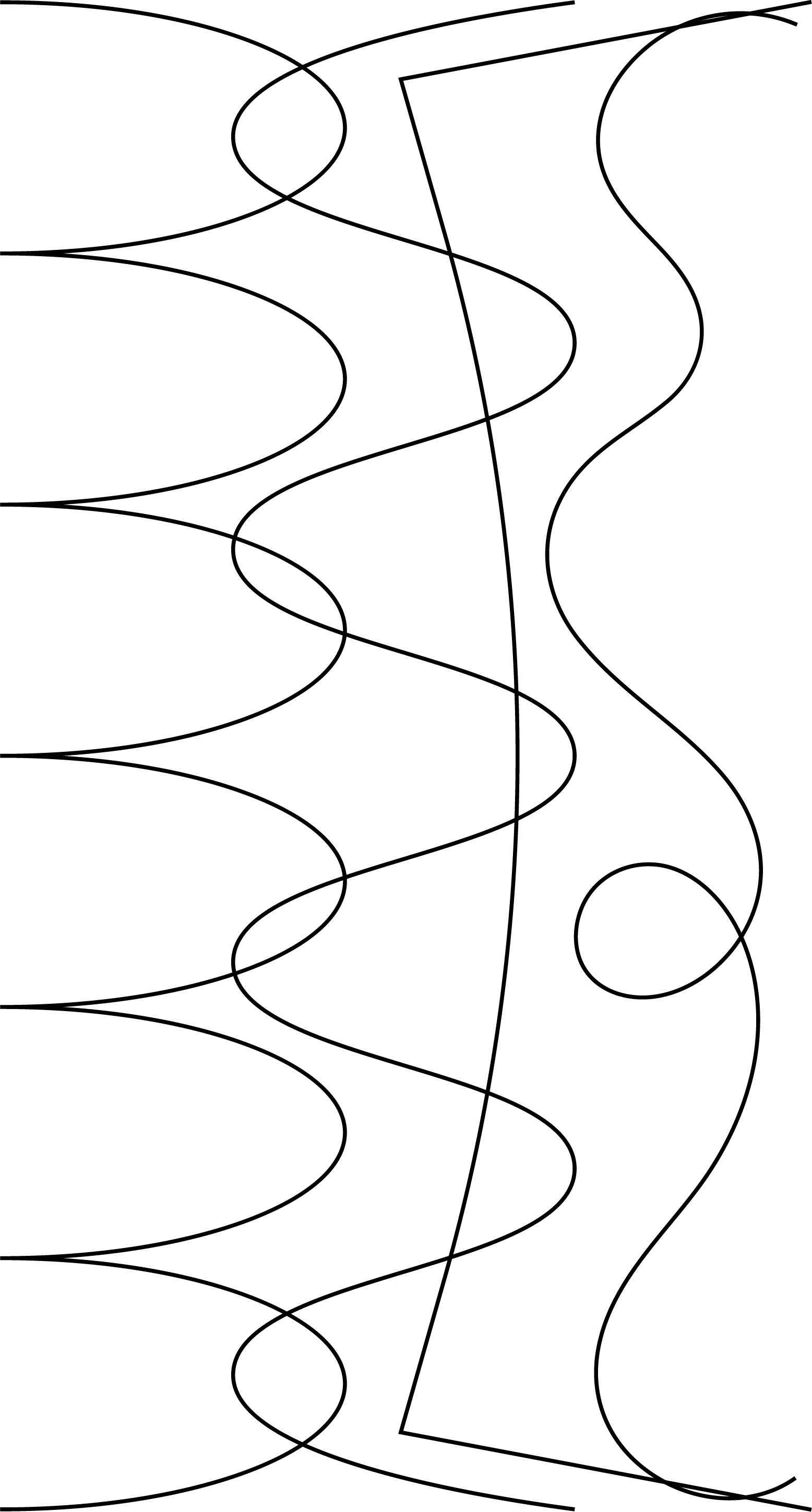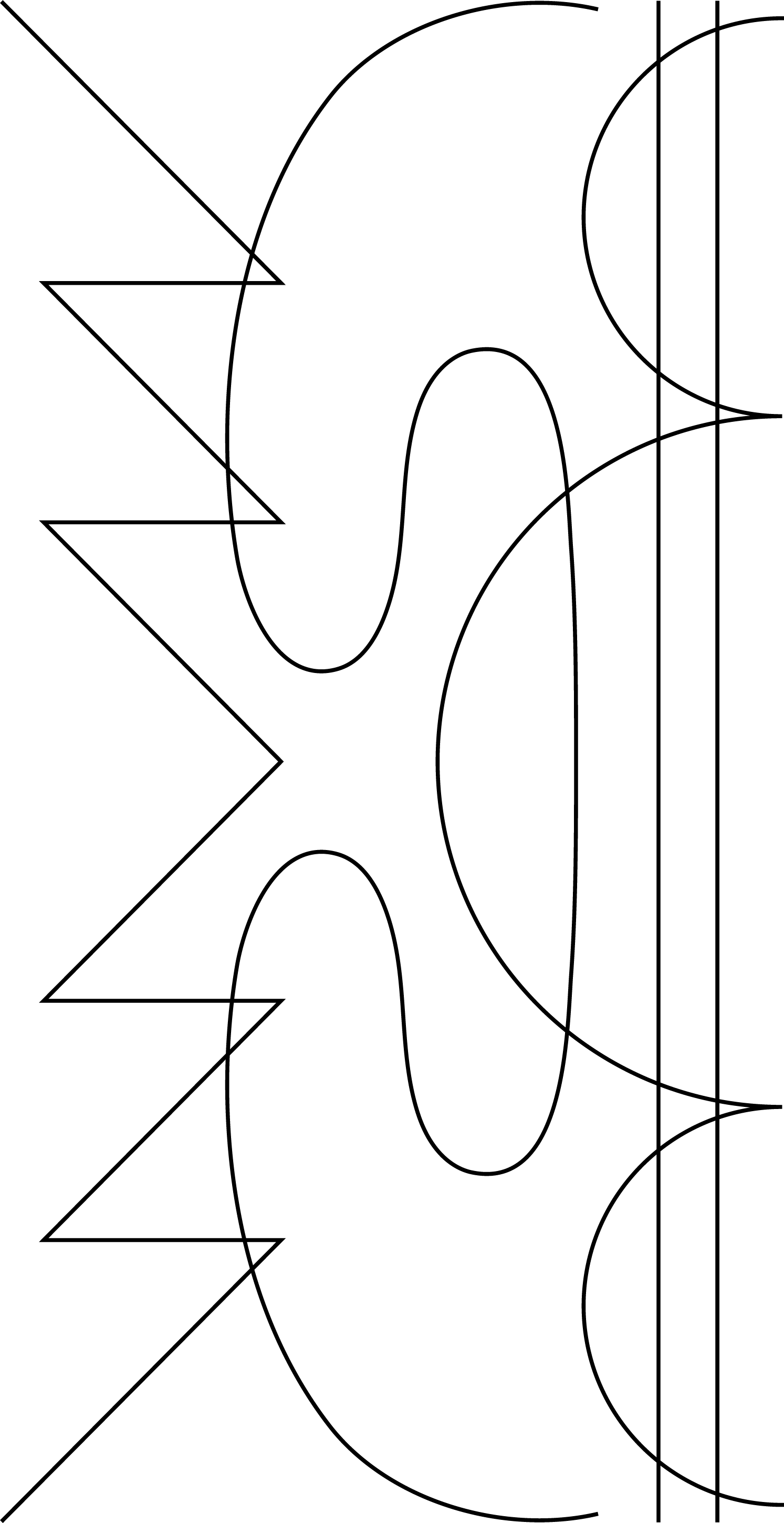€30,00
only 3 left
about the record
A single saxophone, a glockenspiel, two microphones, a zoom recorder: these are the materials Patrick Shiroishi brought down with him late one night into the cavernous parking structure below a hot pot restaurant in Monterey Park. It was around 1:30 AM; the spot was not too far from where Shiroishi grew up, a blank slate shown to him by his dear friend, Noah Klein. A vacant space for a new kind of collaboration—between saxophone and silence, between noise and reverberation, between negative space and self.
In a single, improvised take, Shiroishi recorded his third solo LP, I was too young to hear silence. The record plays like a stripped-down ode to its star instrument. Solo saxophone dazzles and cascades through tangible air, each note hugged and trailed by a lush, natural reverb. Each silence, of which there are many, feels deliberate, sustained, honored.
There is an intentional arc to I was too young to hear silence. The first track, 'stand still like a hummingbird,' opens with fourteen seconds of quiet before the horn emerges, cautious and patient. Breathy, staccato punches of saxophone cut through the air, backdropped by audible gushes of running water. The sound of someone in the distance cleaning up at the end of a long night.
In describing the record, Shiroishi brings up Ma, the Japanese concept of negative space or space in between. Ma refers to the notion of negative space as a positive entity, rather than an absence of something else. The pauses between notes are not empty vacuums void of substance, but rather are full and present, valid contributions to a balanced composition.
- 1 - stand still like a hummingbird 3:52
- 2 - i almost said 3:16
- 3 - the soil that things grew from 2:12
- 4 - tule lake blues 6:55
- 5 - how will we get back to life again? 3:44
- 6 - rain, after running away 5:05
- 7 - is it possible to send promises backwards? 5:20
- 8 - hunting the eye of his own storm 5:14
- 9 - if only heaven would give me another ten years 4:07
Embed
Copy and paste this code to your site to embed.
€30,00
only 3 left
- 1 - stand still like a hummingbird 3:52
- 2 - i almost said 3:16
- 3 - the soil that things grew from 2:12
- 4 - tule lake blues 6:55
- 5 - how will we get back to life again? 3:44
- 6 - rain, after running away 5:05
- 7 - is it possible to send promises backwards? 5:20
- 8 - hunting the eye of his own storm 5:14
- 9 - if only heaven would give me another ten years 4:07
Embed
Copy and paste this code to your site to embed.
about the record
A single saxophone, a glockenspiel, two microphones, a zoom recorder: these are the materials Patrick Shiroishi brought down with him late one night into the cavernous parking structure below a hot pot restaurant in Monterey Park. It was around 1:30 AM; the spot was not too far from where Shiroishi grew up, a blank slate shown to him by his dear friend, Noah Klein. A vacant space for a new kind of collaboration—between saxophone and silence, between noise and reverberation, between negative space and self.
In a single, improvised take, Shiroishi recorded his third solo LP, I was too young to hear silence. The record plays like a stripped-down ode to its star instrument. Solo saxophone dazzles and cascades through tangible air, each note hugged and trailed by a lush, natural reverb. Each silence, of which there are many, feels deliberate, sustained, honored.
There is an intentional arc to I was too young to hear silence. The first track, 'stand still like a hummingbird,' opens with fourteen seconds of quiet before the horn emerges, cautious and patient. Breathy, staccato punches of saxophone cut through the air, backdropped by audible gushes of running water. The sound of someone in the distance cleaning up at the end of a long night.
In describing the record, Shiroishi brings up Ma, the Japanese concept of negative space or space in between. Ma refers to the notion of negative space as a positive entity, rather than an absence of something else. The pauses between notes are not empty vacuums void of substance, but rather are full and present, valid contributions to a balanced composition.
